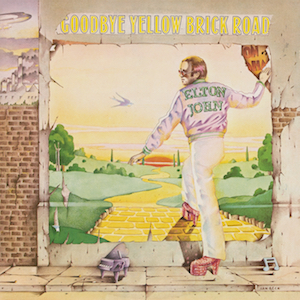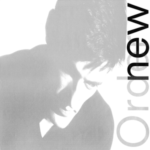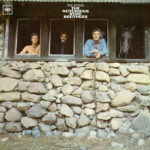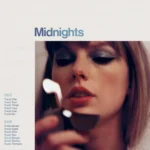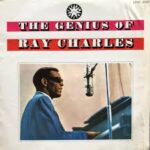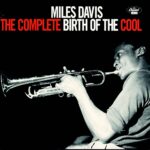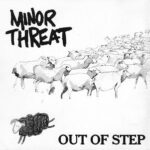 Elton John’s “Goodbye Yellow Brick Road,” released in 1973, is a sprawling double album that showcases the immense talent and creative range of one of the greatest pop-rock artists of all time. It is a masterpiece that combines Elton John’s brilliant songwriting, his captivating vocals, and the virtuosic piano playing of his longtime collaborator, Bernie Taupin.
Elton John’s “Goodbye Yellow Brick Road,” released in 1973, is a sprawling double album that showcases the immense talent and creative range of one of the greatest pop-rock artists of all time. It is a masterpiece that combines Elton John’s brilliant songwriting, his captivating vocals, and the virtuosic piano playing of his longtime collaborator, Bernie Taupin.
The album kicks off with the iconic title track, “Goodbye Yellow Brick Road,” setting the tone for the journey ahead. Elton John’s emotive vocals and catchy melodies draw listeners in, while the richly layered instrumentation creates a lush and dynamic sonic landscape. The song’s introspective lyrics explore themes of self-discovery and the pursuit of happiness, setting the stage for the album’s introspective and thoughtful exploration of various musical styles.
The album is a musical kaleidoscope, effortlessly shifting between genres and moods. From the infectious pop-rock of “Bennie and the Jets” to the soulful balladry of “Candle in the Wind,” each song showcases Elton John’s versatility and ability to create memorable melodies and captivating hooks. The album also includes rockers like “Saturday Night’s Alright for Fighting,” with its energetic guitar riffs and driving rhythm section, and the bluesy “The Bitch Is Back,” which highlights Elton John’s commanding vocals.
One of the standout tracks on the album is the heartfelt ballad “Goodbye Yellow Brick Road.” With its poignant lyrics and hauntingly beautiful melody, the song resonates deeply with listeners, exploring themes of longing and the desire for freedom. Elton John’s vocals are filled with emotion, and the piano-driven arrangement perfectly complements the introspective nature of the song.
The album’s diverse musical influences shine through in tracks like “Grey Seal,” which incorporates elements of glam rock, and the soulful “I’ve Seen That Movie Too,” which features lush orchestration and showcases Elton John’s vocal range. The album also includes the tender and introspective “Candle in the Wind,” which would later become one of Elton John’s signature songs.
One of the strengths of “Goodbye Yellow Brick Road” is its impeccable production. The album is richly layered with intricate arrangements, showcasing the talent and creativity of both Elton John and his longtime producer, Gus Dudgeon. The use of various instruments, including piano, guitar, strings, and horns, adds depth and texture to the songs, creating a captivating listening experience.
Lyrically, the album delves into a range of themes, from personal introspection to social commentary. Bernie Taupin’s poetic and introspective lyrics explore topics such as identity, fame, love, and the complexities of the human experience. His words perfectly complement Elton John’s melodies, creating a cohesive and thought-provoking album.
“Goodbye Yellow Brick Road” is not only a commercial success, but also a critical triumph. It has been widely regarded as one of Elton John’s greatest albums and has stood the test of time as a classic in the pop-rock genre. The album’s impact is further evidenced by the enduring popularity of its songs, which continue to be beloved by fans and remain staples of Elton John’s live performances.
In conclusion, Elton John’s “Goodbye Yellow Brick Road” is a masterpiece that showcases his exceptional songwriting, captivating vocals, and musical versatility. It is a journey through various musical styles and emotional landscapes, capturing the essence of Elton John’s artistry. From the infectious pop-rock anthems to the introspective ballads, the album is a testament to Elton John’s talent and enduring legacy as one of the greatest musicians of his generation.
This post has already been read 345 times!
